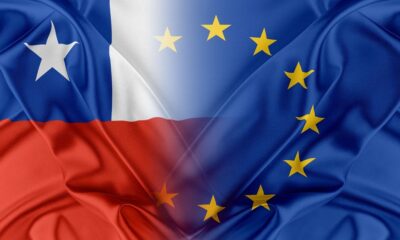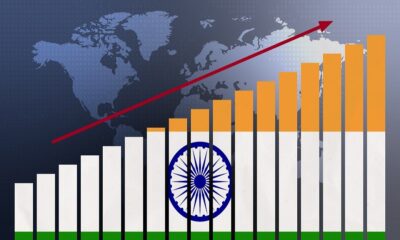Fashion
Tariffs drive down US import volumes, NRF warns of economic strain
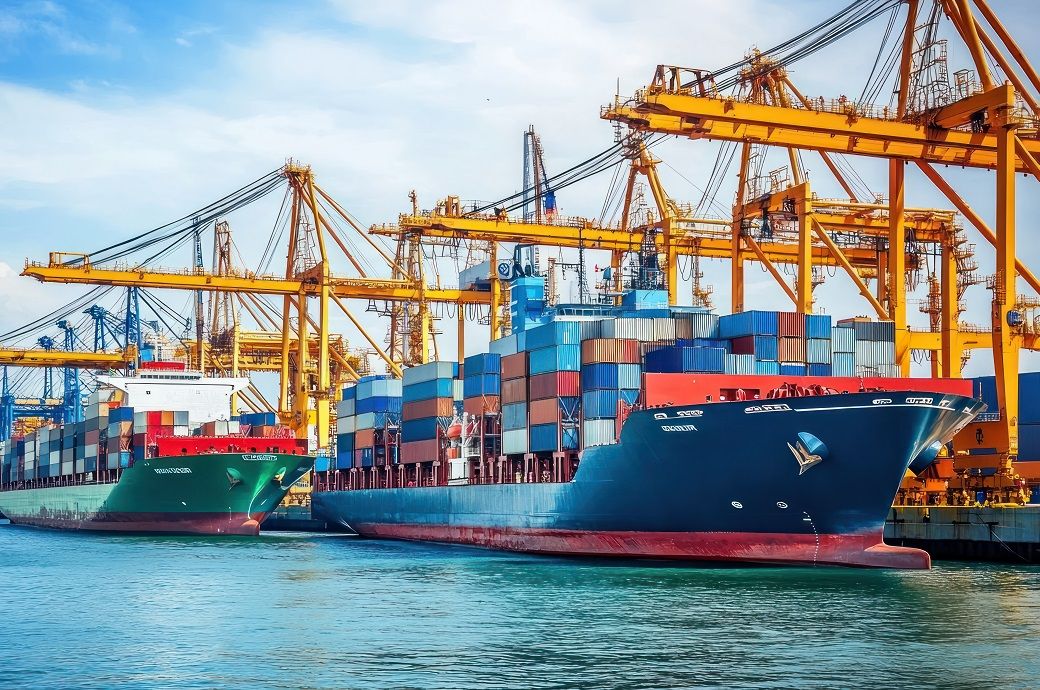
The forecast comes as tariffs on dozens of countries around the world that had been announced, postponed and then finally enacted after months of negotiations and deals began to take effect this week.
Major US ports’ import volumes in 2025 are forecast to end 5.6 per cent below 2024 as new tariffs bite, according to NRF and Hackett Associates.
July likely surged to 2.3 million TEU on pull-forward, with August–December sharply lower YoY.
H1 2025 rose 3.6 per cent to 12.53 million TEU, but the full-year outlook is 24.1 million TEU, reflecting policy uncertainty and inflated late-2024 comps.
The ports have not yet reported numbers for July, but Global Port Tracker projected that the month surged to 2.3 million Twenty-Foot Equivalent Units (TEU) as retailers brought in merchandise ahead of this month’s tariffs. That would be the highest number in a year, up 17.3 per cent from June and down just 0.5 per cent YoY, according to the Global Port Tracker report released by the NRF and Hackett Associates.
August is forecast at 2.2 million TEU, down 5 per cent YoY, and September at 1.83 million TEU, down 19.5 per cent YoY. October is forecast at 1.82 million TEU, down 18.9 per cent YoY; and November at 1.71 million TEU, down 21.1 per cent for the lowest total since 1.78 million TEU in April 2023. December is forecast at 1.72 million TEU, down 19.3 per cent YoY.
While the falling aggregate totals in September through December are related to pulling cargo forward during the first half of the year due to tariffs, the large YoY percentage declines are partly because imports in late 2024 were elevated due to concerns about East Coast and Gulf Coast port strikes.
The first half of 2025 totalled 12.53 million TEU, up 3.6 per cent YoY. Volume forecast for the remainder of the year would bring 2025 to a total of 24.1 million TEU, down 5.6 per cent from 25.5 million TEU in 2024, added the report.
US ports covered by Global Port Tracker handled 1.96 million TEU—one 20-foot container or its equivalent—in June, the latest month for which final data is available. That was up 0.7 per cent from May but down 8.4 per cent YoY.
“While this forecast is still preliminary, it shows the impact the tariffs and the administration’s trade policy are having on the supply chain,” said Jonathan Gold, NRF vice president for supply chain and customs policy. “Tariffs are beginning to drive up consumer prices, and fewer imports will eventually mean fewer goods on store shelves. Small businesses especially are grappling with the ability to stay in business. We need binding trade agreements that open markets by lowering tariffs, not raising them. Tariffs are taxes paid by US importers that will result in higher prices for US consumers, less hiring, lower business investment and a slower economy.”
“The hither-and-thither approach of on-again, off-again tariffs that have little to do with trade policy is causing confusion and uncertainty for importers, exporters and consumers,” said Ben Hackett, founder at Hackett Associates. “Friends, allies and foes are all being hit by distortions in trade flows as importers try to second-guess tariff levels by pulling forward imports before the tariffs take effect. This, in turn, will certainly lead to a downturn in trade volumes by late September because inventories for the holiday season will already be in hand. Meanwhile, US exporters are being left with unsold products as counter tariffs are applied.”
Fibre2Fashion News Desk (SG)
Fashion
Results are in: US Black Friday store visits down, e-visits up, apparel shines
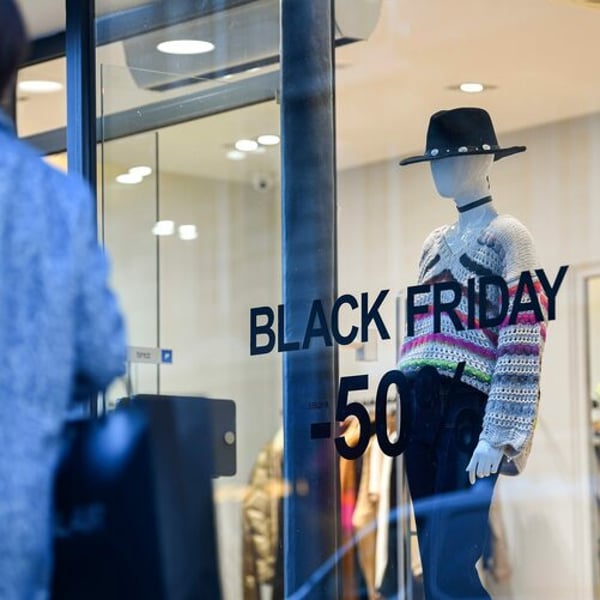
Published
December 1, 2025
US Black Friday retail sales rose 4.1%, Mastercard SpendingPulse has revealed. But while online surged, in-store visitor traffic was down a separate report from RetailNext showed. That said, both reports showed a better result for apparel than for other sectors.
First, the Mastercard numbers. They exclude autos and are based on the payment cards giant measuring in-store and online retail sales across all payment types.
The company said this year’s event “tells a story of comfort, connection, and savvy shopping” as consumers prepared for meaningful moments with family and friends.
Spending growth on apparel was particularly strong both online and in-store, “suggesting shoppers refreshed wardrobes while leaning into value-driven choices and convenience”.
In fact, apparel climbed 5.7% (online 6.1%, in-store 5.4%), as “chilly temperatures and seasonal deals encouraged spending on new fashions”. Jewelry also rose 2.75% (online 4.2%), “as consumers opted for gifts that shine”.
Overall, e-commerce retail sales excluding autos jumped 10.4%, “as shoppers increasingly value speed and convenience”. In-store sales grew more modestly (1.7%) but “remain essential to consumers for tactile experiences”.
Mastercard also said the surge in online shopping “showcases how technology is transforming the way consumers pay. Shoppers are enjoying seamless checkout experiences across devices, from smartphones to connected home assistants, making holiday shopping faster, safer, and more intuitive than ever before”.
Which leads us on the that drop for in-store shopping traffic. RetailNext said initial data reveals an average of a 5.3% year-over-year decrease for foot traffic across Black Friday and Saturday.
Visitor numbers dropped 3.6% on Friday itself and a massive 8.6% on Saturday. By store type, apparel stores saw traffic down 2.3% across the two days with just a 0.7% drop on Friday and 5.3% on Saturday.
For footwear, the weekend, Friday and Saturday falls were 6%, 6% and 5.9%, respectively. For healthy & beauty they were drops of 4.7%, 2.1% and 9.6%, and for jewelry they were 3.6%, 2% and 6.6%.
“Black Friday 2025 didn’t kill the holiday; it changed how shoppers approached it,” said Joe Shasteen, Global Head of Advanced Analytics at RetailNext. “Foot traffic was down on Friday and on Saturday, but that wasn’t disinterest, it was intention. Shoppers showed they’re done with the impulse-driven, one-day frenzy. Prices, tariffs, and tighter budgets pushed people to shop with discipline, not adrenaline, and they responded by turning Black Friday into a value calculation”.
RetailNext said one of the clearest signals is the 3.6% drop on Black Friday, which was meaningfully better than the 6.2% decline seen from Sunday through Wednesday (23 November to 26 November). It shows that even in a cautious year, “shoppers are still willing to attend major promotional events; they’re simply being more selective about when those events are worth the trip”.
“Despite the declines, Black Friday again delivered the highest in-store traffic of any day this year, reaffirming its role as the anchor of the holiday shopping season, but the weekend’s performance was shaped more by real-world factors than waning interest,” added Shasteen. “Consumers are still willing to shop, they’re just demanding proof it’s worth leaving the house. Retailers who treated November as a month-long build, rather than a single-day spectacle, saw the strongest in-store performance.”
Copyright © 2025 FashionNetwork.com All rights reserved.
Fashion
ITA to continue till Advanced Framework Agreement ratified: EU, Chile
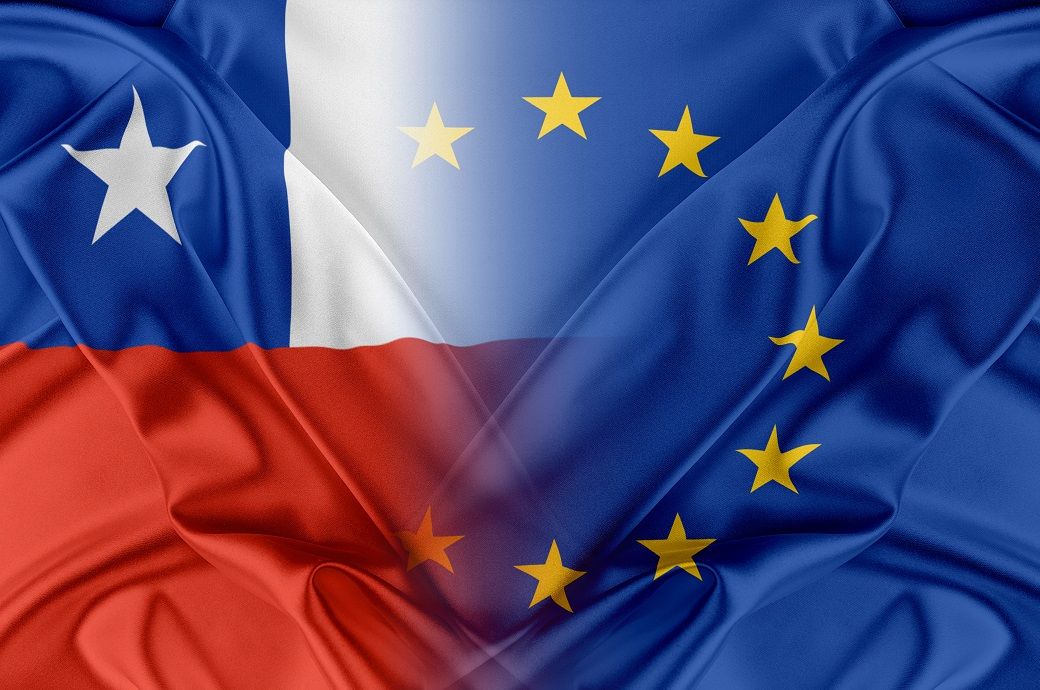
A review of the trade and sustainable development provisions of the ITA is under way.
EU high representative for foreign affairs and security policy Kaja Kallas recently met Chilean Minister of Foreign Affairs Alberto van Klaveren. Both co-chaired the first EU-Chile Joint Council under the Advanced Framework Agreement in Brussels.
The EU and Chile are committed to deepening their trade and investment relations under the Interim Trade Agreement, which came into force on February 1 and will remain in force until the new Advanced Framework Agreement has been fully ratified.
Both sides will continue to cooperate on ensuring reliable and sustainable supply chains, including through diversification and support to strategic investments.
The first EU-Chile Trade Council meeting was held under the new ITA, according to an EU release.
The EU is Chile’s third-largest trade partner and the top source of foreign direct investment (FDI).
Both sides will continue to cooperate on ensuring reliable and sustainable supply chains, including through diversification and support to strategic investments, a joint statement issued said.
Chile welcomed the interest of the EU in establishing a dialogue with the member countries of the Comprehensive and Progressive Agreement for Trans-Pacific Partnership (CPTPP). Both parties affirm their ambition to translate this dialogue into a shared agenda.
Both sides remain committed to ensuring the effective implementation of the Advanced Framework Agreement, and to achieving its full ratification.
The provisional application of the EU-Chile Advanced Framework Agreement began on June 1, 2025.
Fibre2Fashion News Desk (DS)
Fashion
Chanel debuts A$AP Rocky as ambassador, with Margaret Qualley teaser video

Published
November 30, 2025
Chanel has appointed A$AP Rocky as a new brand ambassador and debuted his tenure with a teaser video shot in New York co-starring Margaret Qualley.
The video appeared Sunday just 48 hours before Chanel’s couturier Michel Blazy will stage his debut collection of Métiers d’Art also in New York. It’s a unique line first created by Karl Lagerfeld that highlights the unique stable of artisans Chanel has assembled in such skills as embroidery, pleating, glove-making and costume jewelry.
Directed by Michel Gondry, the 2.49-minute short opens with the stars waking up in the bed of a walkup apartment in Williamsburg. Where, after a quick peck on her lover’s forehead, Qualley disappears into a tiny bathroom, before magically changing out of her blue nightie and reappearing in a red, white and blue houndstooth Chanel jacket, paired with pale blue pants, her hair in a chignon.
https://www.youtube.com/watch?v=live
No sooner than she has disappeared, than A$AP leaps out of bed and descends the tenement building’s outside steel stairs and sets off on a mad dash after Qualley. This leads to him swimming under the Brooklyn Bridge, and running north through the Lower East Side, before finally catching up with Qualley at Astor Place station. All the action backed up my moody ambient music courtesy of Le Motel.
In between, the rapper and husband of Rihanna, manages to find time to stop in two discount stores to acquire pants and a blazer. Arriving just in time, to genuflect onto one knee, and hold out a small white Chanel box, containing one assumes a diamond engagement ring, at the station entrance. The sight of which leads the actress to leap into the air in paroxysm of joy, before the happy couple march arm and arm back into the subway.
And off one assumes to attend the Métiers d’Art show, which will be revealed on Tuesday, 8 p.m. NYC time.
Copyright © 2025 FashionNetwork.com All rights reserved.
-

 Sports1 week ago
Sports1 week agoWATCH: Ronaldo scores spectacular bicycle kick
-

 Entertainment1 week ago
Entertainment1 week agoWelcome to Derry’ episode 5 delivers shocking twist
-

 Politics1 week ago
Politics1 week agoWashington and Kyiv Stress Any Peace Deal Must Fully Respect Ukraine’s Sovereignty
-

 Business1 week ago
Business1 week agoKey economic data and trends that will shape Rachel Reeves’ Budget
-

 Tech6 days ago
Tech6 days agoWake Up—the Best Black Friday Mattress Sales Are Here
-

 Politics1 week ago
Politics1 week ago53,000 Sikhs vote in Ottawa Khalistan Referendum amid Carney-Modi trade talks scrutiny
-

 Fashion1 week ago
Fashion1 week agoCanada’s Lululemon unveils team Canada kit for Milano Cortina 2026
-

 Tech6 days ago
Tech6 days agoThe Alienware Aurora Gaming Desktop Punches Above Its Weight


